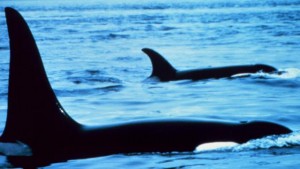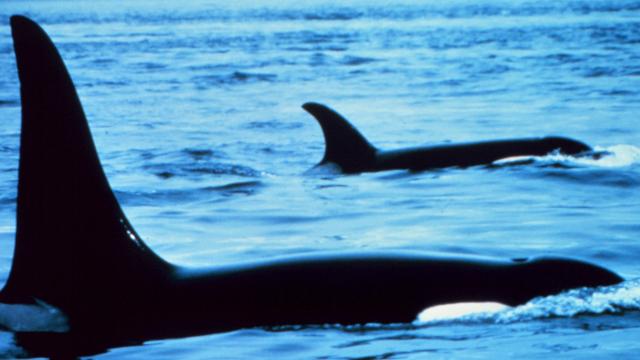
SEATTLE, Wash.—A few years ago, I worked as a naturalist on boats in the San Juan Islands, in northwest Washington State. I was lucky enough to watch the resident orca pods, named J, K and L in the wild with all of their unique natural behaviors.
Orcas are a particularly fascinating animal to study because of their social complexities. They live with their mother and her family their whole lives and each family has their own “dialect” of calls. Scientists have made the case in peer-reviewed journals for the existence of culture in some cetaceans including orcas.
Groups of orcas can share the same habitat but not interact with each other at all; the salmon-eating resident pods don’t intermingle with the so-called “transient” orcas that prey on marine mammals, yet they are regularly found traversing the same waters within days or even hours of each other. As far as scientists can tell, they are the same species, yet they avoid each other completely and stick with their own cultural diet preferences religiously.
Whether on a boat or from the shore at Lime Kiln State Park on the west side of San Juan Island, I was able to observe the orca’s behaviors. Breaching is one of the orca’s more dramatic behaviors, where it propels its full body up and out of the water, then lands with a great splash. Another unique behavior is called spy-hopping, where the orca sticks its head up and looks around.
There are also many subtle behaviors to observe. Sometimes I’d see a whale just floating motionless at the surface, or “logging.” It’s not often that you can hear an orca’s calls above the water, but on that day, I was lucky enough to hear a nearby logging whale vocalizing from the surface. Was she aware that humans could hear her? Was she perhaps trying to engage with us in some way? I couldn’t help but speculate about what might be going on in her mind even though I realize that her vocalizations probably had nothing to do with humans despite my “wishful thinking” that she was trying to communicate with me.
